100 Most Recognized English Poets of the 19th Century
A Comprehensive Literary Journey Through Britain’s Golden Age of Poetry
The 19th century stands as the most prolific and transformative era in English poetry, witnessing the emergence of literary giants whose words continue to resonate across centuries. From the revolutionary Romantic movement to the introspective Victorian era, this period produced an unprecedented constellation of poetic talent that fundamentally reshaped the landscape of English literature. The century gave birth to immortal voices like William Wordsworth, Lord Byron, Alfred Lord Tennyson, and Elizabeth Barrett Browning, each contributing to a rich tapestry of themes ranging from nature worship and individual emotion to social critique and spiritual questioning.
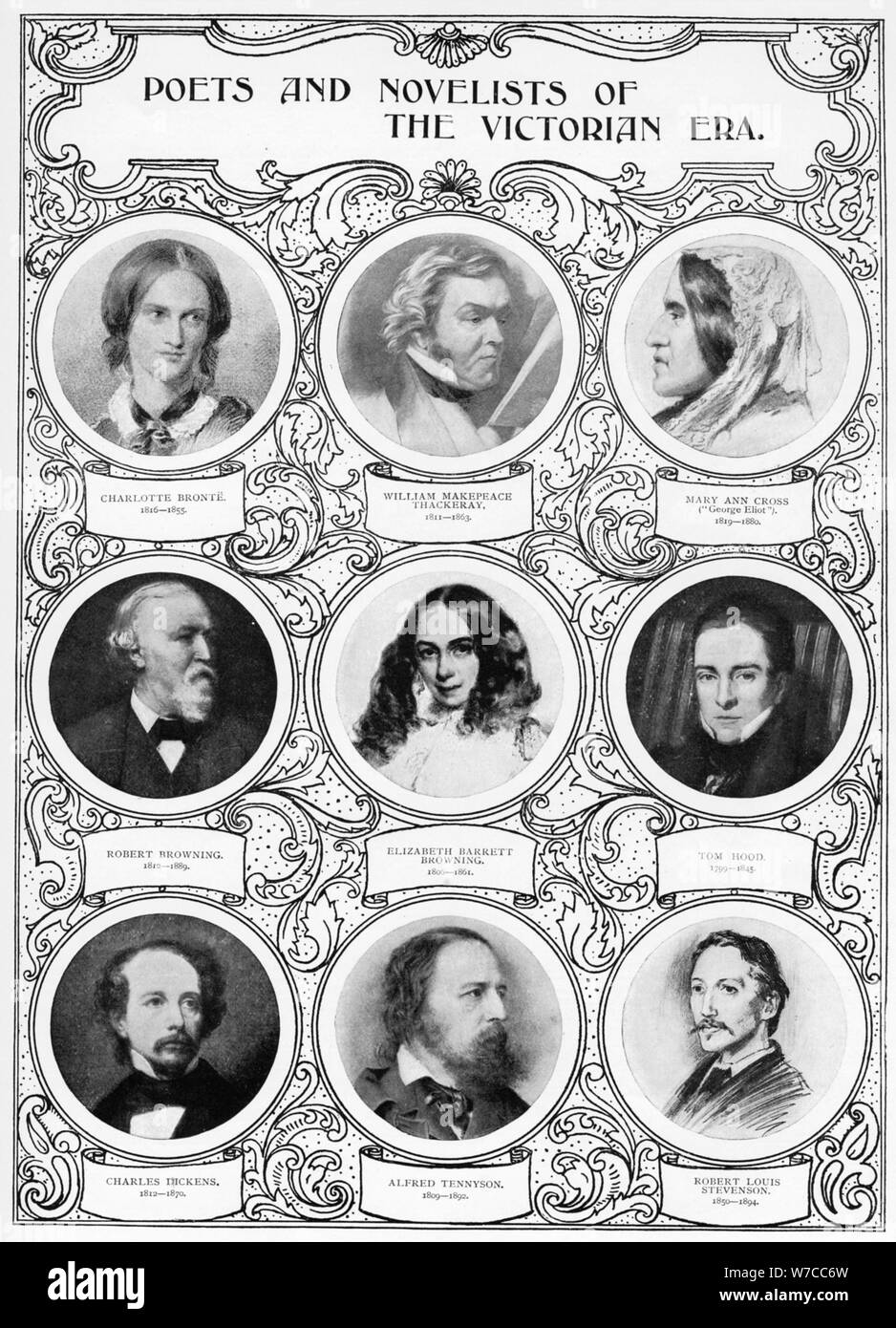
Portraits of notable Victorian era poets and novelists with names and dates highlighting their literary significance
The Dawn of Romanticism: Poetry’s Revolutionary Beginning (1800-1850)
The Romantic Pioneers and Their Literary Revolution
The 19th century began with a literary revolution that fundamentally challenged the neoclassical traditions of the 18th century. Romanticism emerged as a powerful movement that emphasized emotion over reason, individualism over conformity, and nature over industrialization. The publication of William Wordsworth and Samuel Taylor Coleridge’s Lyrical Ballads in 1798 marked the official beginning of the Romantic Movement, with Wordsworth defining poetry as “the spontaneous overflow of powerful feelings: it takes its origin in emotion recollected in tranquility”.
William Blake (1757-1827) stands as one of the most visionary poets of the early century, whose Songs of Innocence and of Experience (1789-1794) explored the duality of human nature through contrasting perspectives. Blake’s revolutionary approach combined poetry with visual art, creating illuminated manuscripts that challenged both literary and artistic conventions. His famous lines “Tyger Tyger, burning bright / In the forests of the night” continue to captivate readers with their mystical intensity and symbolic power.
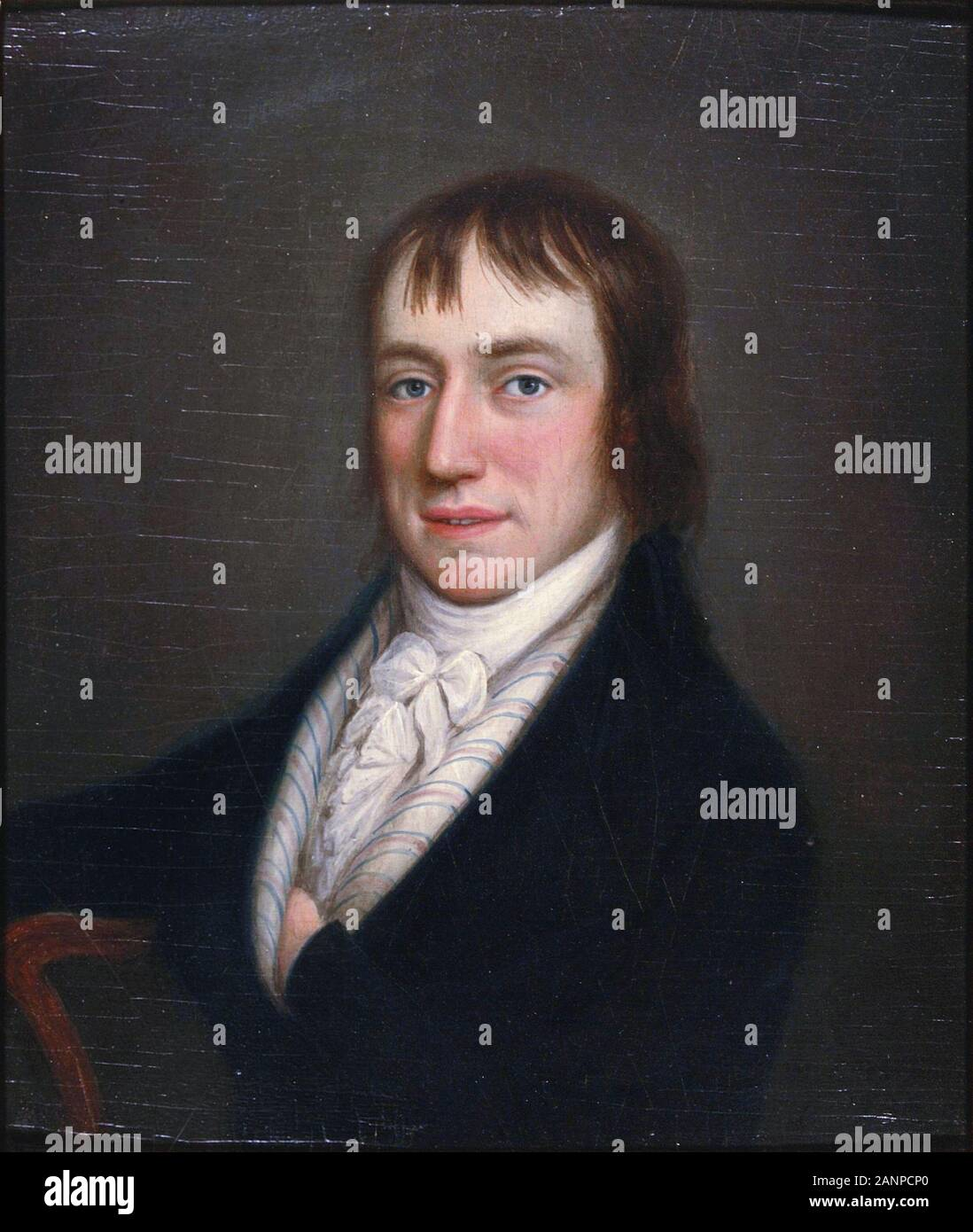
Portrait of a 19th-century English Romantic poet in formal attire representative of the Romantic literary period.
The Second Generation Romantics: Passion and Rebellion
The second generation of Romantic poets brought even greater intensity and rebellious spirit to English poetry. Lord Byron (1788-1824) epitomized the Romantic hero with his scandalous lifestyle and passionate verse. Byron’s Childe Harold’s Pilgrimage and Don Juan established him as “the most flamboyant and notorious of the major English Romantic poets” and “the most fashionable poet of the early 1800s”. His creation of the “Byronic hero”—defiant, melancholy, and haunted by secret guilt—profoundly influenced not just poetry but the entire cultural imagination of the era.
Percy Bysshe Shelley (1792-1822) brought intellectual rigor and political radicalism to Romantic poetry. His masterpieces like “Ozymandias,” “Ode to the West Wind,” and “To a Skylark” demonstrated his belief that poetry could serve as a force for social and moral improvement. Shelley’s A Defence of Poetry articulated the Romantic philosophy that “poets are the unacknowledged legislators of the world,” emphasizing poetry’s power to expand human sympathy and imagination.
John Keats (1795-1821), despite his tragically short life, produced some of the most sensuously beautiful poetry in the English language. His great odes of 1819—including “Ode to a Nightingale,” “Ode on a Grecian Urn,” and “To Autumn”—represent the pinnacle of Romantic achievement, combining philosophical depth with exquisite craftsmanship. Keats’s famous letter declaring “if Poetry comes not as naturally as the Leaves to a tree it had better not come at all” perfectly encapsulates the Romantic belief in organic, natural poetic creation.
The Victorian Transformation: Poetry in the Industrial Age (1837-1901)
The Poet Laureates and National Voice
The Victorian era marked a fundamental shift in poetry’s relationship with society and technology. Alfred Lord Tennyson (1809-1892), who served as Poet Laureate for 42 years, became the voice of Victorian England. His works perfectly embodied what critics call “the Victorian compromise” between tradition and progress, faith and doubt. In Memoriam A.H.H., his elegy for Arthur Henry Hallam, contains the famous line “Nature, red in tooth and claw,” reflecting the era’s growing awareness of evolutionary science and its challenge to religious faith.
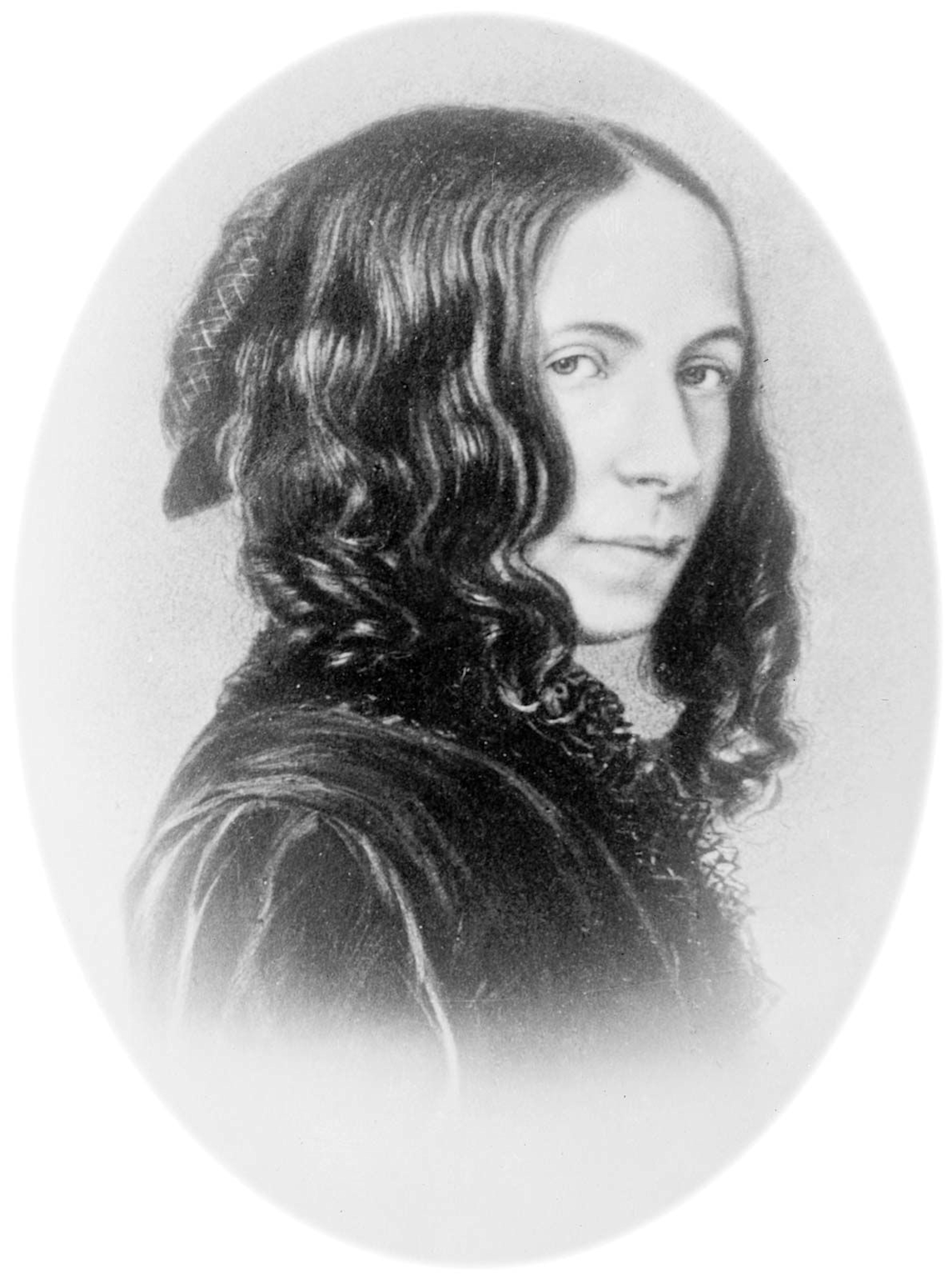
A 19th-century portrait of an English poet reflecting Victorian era literary figures.
Tennyson’s technical mastery was legendary—his contemporary Robert Browning described his self-editing as “insane,” symptomatic of “mental infirmity”. His poems like “The Lady of Shalott,” “Ulysses,” and “The Charge of the Light Brigade” demonstrate his versatility across narrative, dramatic, and patriotic modes. The complexity of his work is revealed in scholarly analysis showing that 35% of “The Lady of Shalott’s” lines focus on themes of isolation, while 40% highlight external beauty and freedom.
The Brownings: Love, Politics, and Poetic Innovation
The marriage of Elizabeth Barrett Browning (1806-1861) and Robert Browning (1812-1889) represents one of literature’s greatest love stories, immortalized in their 573 surviving letters. Elizabeth’s Sonnets from the Portuguese, particularly the famous “How do I love thee? Let me count the ways,” emerged from their courtship and ranks among the finest love poetry in English.
Elizabeth Barrett Browning was “popular in Britain and the United States during her lifetime and frequently anthologised after her death”. Her verse-novel Aurora Leigh (1856) was groundbreaking in its portrayal of a female writer balancing career and love, influencing early feminist thought including Susan B. Anthony’s thinking about women’s traditional roles. The North American Review praised the poem as “the utterance of a woman—of a woman of great learning, rich experience, and powerful genius”.
Robert Browning revolutionized poetry through his dramatic monologues, works like “My Last Duchess” and “Porphyria’s Lover” that revealed character through speech. His technical innovations and psychological complexity made him one of the most challenging yet rewarding Victorian poets.
The Pre-Raphaelite Brotherhood and Aesthetic Innovation
Art, Poetry, and Medieval Revival
The Pre-Raphaelite Brotherhood, founded in 1848 by Dante Gabriel Rossetti, William Holman Hunt, and John Everett Millais, sought to revive medieval aesthetics and spiritual authenticity. Christina Rossetti (1830-1894), though never officially a member, became known as the “queen of the Preraphaelite school”. Her poetry was characterized by “Pre-Raphaelite” qualities including “rich and precise natural detail, its use of symbol, its poignancy, and its deliberate medievalism”.
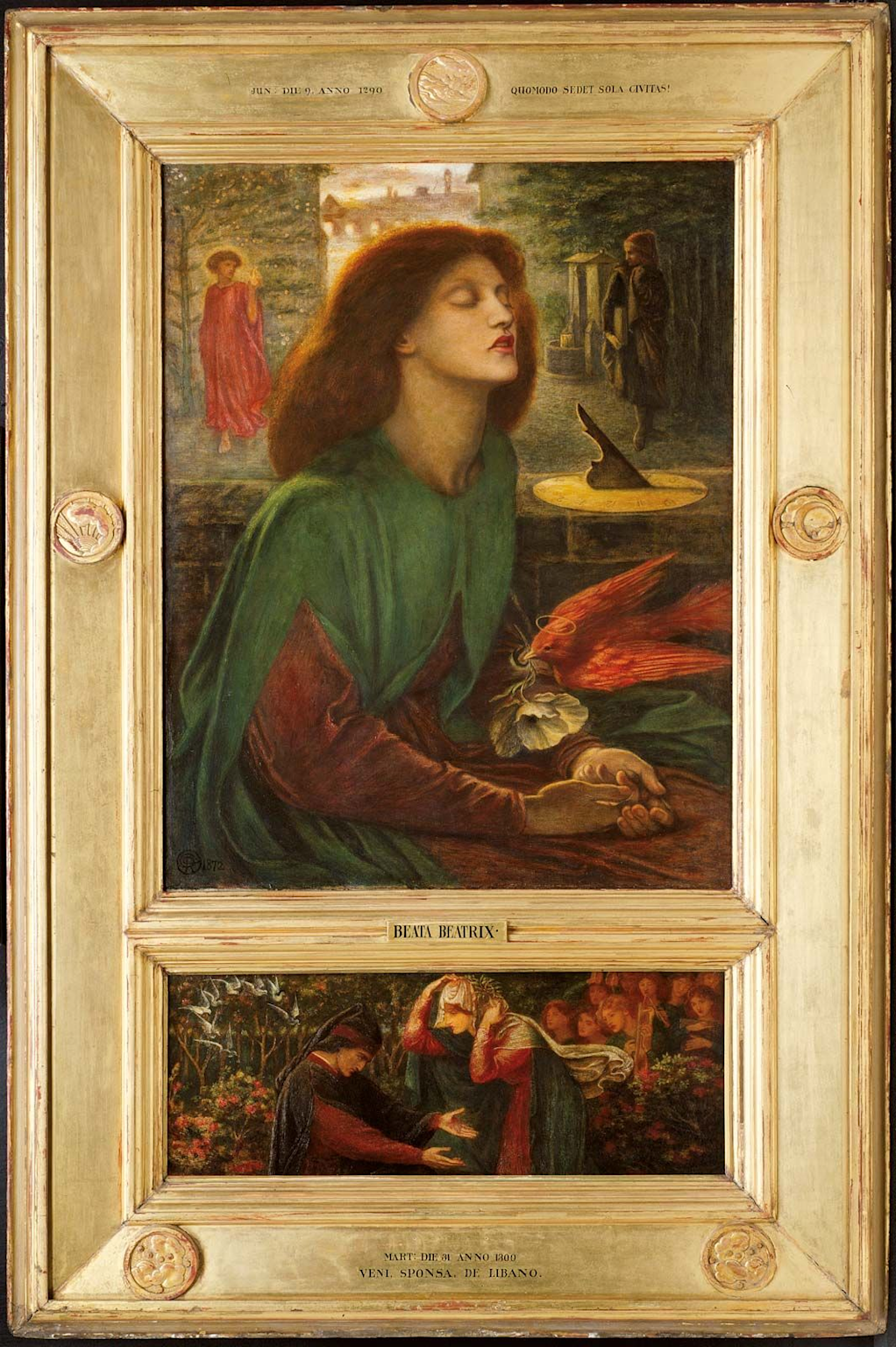
The painting “Beata Beatrix” by Dante Gabriel Rossetti reflects the Pre-Raphaelite fusion of poetry and visual art inspired by medieval themes and symbolism.
Christina wrote approximately 500 devotional poems, representing about half her total output, making her one of the most significant religious poets of the Victorian era. Her masterpiece “Goblin Market” combines fantasy with moral allegory, using “lusciously described fruits” to represent “the temptations of self-indulgence and pleasure”.
Dante Gabriel Rossetti (1828-1882) uniquely combined poetry and painting, frequently writing sonnets to accompany his pictures. His sonnet sequence The House of Life demonstrates the “complex interlinking of thought and feeling” that characterized his mature work. His personal relationships with his models and muses, including Elizabeth Siddal, Fanny Cornforth, and Jane Morris, deeply influenced both his art and poetry.
The Aesthetic Movement and Decadent Poetry
Algernon Charles Swinburne (1837-1909) shocked Victorian sensibilities with his first series of Poems and Ballads (1866), which explored controversial themes including “homoeroticism, sadistic cruelty and lust, necrophilia, and blasphemy”. Critics condemned his work as “repulsive, perverse and obscene,” but Swinburne believed that “perfect workmanship makes every subject admirable and respectable,” placing technique above subject matter.
Swinburne’s technical brilliance was undeniable—he was “one of the most accomplished lyric poets of the Victorian era” known for his “intricately extended and evocative imagery, metrical virtuosity, rich use of assonance and alliteration, and bold, complex rhythms”. His work influenced the European Symbolist movement and helped establish the aesthetic principle of “art for art’s sake”.
Religious and Philosophical Poetry: Spiritual Questioning in an Age of Science
Hopkins and Sprung Rhythm Innovation
Gerard Manley Hopkins (1844-1889) represents one of the most innovative voices in Victorian poetry. This Jesuit priest developed “sprung rhythm,” a revolutionary metrical system where “the poetic foot always starts on a stressed syllable and may be one to four syllables long”. Hopkins explained that “Sprung which I use for this rhythm means something like abrupt and applies by rights only where one stress follows another running, without syllable between”.
Hopkins’s masterpiece “The Windhover,” which he called “the best thing I ever wrote,” demonstrates his unique ability to fuse “the beauty of nature with the divine and religious believes”. His innovative use of “figures of speech, sprung rhythm and different forms of sound patterning” created a distinctive poetic voice that anticipated modernist techniques.
None of Hopkins’s poems were published during his lifetime, as he burned his early works when becoming a Jesuit, believing they contradicted his religious principles. His friend Robert Bridges preserved copies and finally published them in 1918, revealing Hopkins as a poet whose “innovative poetics anticipate modernist aesthetics while articulating a profound ecological consciousness”.
Victorian Women Poets: Voices of Change and Resistance
The 19th century saw an unprecedented emergence of women poets who challenged traditional gender roles and societal expectations. Beyond the Brownings and Christina Rossetti, numerous other women poets made significant contributions to the literary landscape, though many remain understudied.
The Victorian era’s “expansion of women’s education and the growth of the literary marketplace” provided new opportunities for female poets, though they still faced significant constraints. Elizabeth Barrett Browning’s success was so remarkable that she “rivaled Tennyson as a candidate for poet laureate on the death of Wordsworth”.
Late Victorian Poetry: Pessimism and Social Critique
Hardy and the New Pessimism
Thomas Hardy (1840-1928), primarily known as a novelist, began his poetic career in 1898 with Wessex Poems. His poetry was characterized by what critics call “Victorian pessimism,” reflecting “the recurrent thought that good or positive will subdue and evil as well as negative will aggravate”. Hardy’s view of nature departed radically from Romantic optimism, presenting instead a “malignant and competitive” natural world.
Hardy’s poems like “Neutral Tones” and “The Darkling Thrush” demonstrate his pessimistic worldview, where “death is not an escape from the weariness of life”. His work reflected the “Victorian dilemma” of religious crisis caused by scientific discoveries, particularly Darwin’s theory of evolution.
The Imperial Poets: Kipling and Empire
Rudyard Kipling (1865-1936) became the “imperial bard of British Empire,” articulating the imperial spirit of his age. His poetry, including “The White Man’s Burden” and “Gunga Din,” both celebrated and complicated Britain’s imperial project. Modern critics note the “ambivalence of colonial discourse” in Kipling’s work, which simultaneously supported imperialism while revealing its contradictions.
Kipling’s technical mastery was evident in his range of forms and his ability to capture different voices and dialects. His “Barrack-Room Ballads” gave voice to common soldiers, while his children’s poetry demonstrated remarkable versatility.
Literary Techniques and Innovations of the Century
Prosody and Metrical Experimentation
The 19th century witnessed revolutionary changes in English prosody. Victorian poets like Tennyson, Morris, and Swinburne experimented with “Old English meter very like the Welsh verse” that influenced Hopkins. Hopkins’s sprung rhythm represented the most radical departure from traditional metrics, allowing for “one to four syllables per foot” and creating more natural speech patterns.
Symbolism and Imagery
The century saw sophisticated development of symbolic techniques. Blake’s symbolic system in Songs of Innocence and Experience used “the lamb” to represent Christ and innocence, while “the tyger” represented experience and divine wrath. The Pre-Raphaelites developed elaborate symbolic vocabularies, with Rossetti’s paintings and poems creating complex iconographies of love, death, and spiritual longing.
Dramatic Monologue Innovation
Robert Browning’s development of the dramatic monologue as a poetic form influenced countless later poets. This technique allowed poets to explore psychology and character in unprecedented depth, creating speakers whose reliability readers had to evaluate critically.
Major Themes and Philosophical Movements
Nature and Industrialization
The tension between natural beauty and industrial progress dominated 19th-century poetry. While Romantics like Wordsworth celebrated nature as a source of spiritual renewal, later Victorian poets grappled with industrialization’s environmental and social costs. Blake’s “dark Satanic Mills” became an enduring symbol of industrial alienation.
Religious Crisis and Spiritual Questioning
The century’s scientific discoveries, particularly Darwin’s evolution theory, created a crisis of faith reflected throughout its poetry. Tennyson’s struggle between faith and doubt in In Memoriam, Hopkins’s intense religious devotion, and Hardy’s pessimistic naturalism represent different responses to this spiritual upheaval.
Love and Marriage
From the passionate intensity of Romantic love poetry to the complex domestic realities explored by Victorian poets, the century saw profound evolution in how poetry treated romantic relationships. The Brownings’ correspondence and poetry created new models for understanding love as both passionate and intellectual partnership.
Social Reform and Political Consciousness
Many poets engaged directly with social issues. Elizabeth Barrett Browning campaigned against slavery and for child labor reform. William Morris combined poetry with socialist activism, founding the Socialist League and advocating for workers’ rights. Oscar Wilde’s The Ballad of Reading Gaol exposed the brutality of the prison system based on his own experience.
Global Influence and Legacy
The influence of 19th-century English poetry extended far beyond Britain’s borders. Byron’s impact was so significant that his works were translated into numerous languages, inspiring nationalist movements across Europe. The Romantic emphasis on individual expression and national literature influenced independence movements worldwide.
American poets like Walt Whitman acknowledged the influence of this “creative period in poetry,” while European symbolists drew heavily from Pre-Raphaelite aesthetics. The century’s technical innovations, from Hopkins’s sprung rhythm to Browning’s dramatic monologues, continue to influence contemporary poetry.
Critical Assessment and Modern Scholarship
Modern scholarship has revealed the complexity and diversity of 19th-century English poetry. Feminist criticism has recovered many neglected women poets, while postcolonial studies have complicated our understanding of imperial poetry. New historicist approaches have shown how thoroughly poems were embedded in their social and political contexts.
Recent digital humanities projects have used computational analysis to reveal patterns in Victorian poetry, such as the statistical analysis of Tennyson’s “The Lady of Shalott” showing precise balances between themes of isolation and freedom. These new methodologies continue to reveal previously unnoticed aspects of familiar works.

Portrait of Lord Byron, a distinguished 19th-century English Romantic poet, wearing ornate period attire and a turban britishlibrary
The Enduring Relevance of 19th Century Poetry
The poetry of the 19th century remains vibrantly relevant to contemporary readers. Climate change gives new urgency to Romantic celebrations of nature and Victorian warnings about industrial excess. Questions of individual identity explored by Tennyson and other Victorian poets resonate in our digital age. The century’s struggles with religious faith and scientific materialism continue to shape modern spiritual discourse.
The technical innovations of the period—from free verse experimentation to psychological complexity—provided tools that modern poets still employ. The century’s expansion of poetry’s subject matter, from Blake’s mystical visions to Hardy’s rural realism, established poetry’s capacity to engage with every aspect of human experience.
Perhaps most importantly, the 19th century established poetry’s role as both art and social commentary, beautiful object and political tool. This dual function, exemplified by poets from Shelley to Morris, remains central to poetry’s cultural importance today.
Frequently Asked Questions
1. Who are considered the “Big Six” Romantic poets of the 19th century?
The major Romantic poets include William Blake, William Wordsworth, Samuel Taylor Coleridge, Lord Byron, Percy Bysshe Shelley, and John Keats. These poets revolutionized English poetry by emphasizing emotion over reason, individualism over social conformity, and nature worship over industrial mechanization. Wordsworth and Coleridge’s Lyrical Ballads (1798) officially launched the movement, while Byron, Shelley, and Keats formed the “second generation” of Romantic poets.
2. What made Victorian poetry different from Romantic poetry?
Victorian poetry marked a shift from Romantic idealism to greater realism and social awareness. While Romantics focused on individual emotion and nature worship, Victorian poets grappled with industrialization, scientific discoveries, and social reform. They showed “struggles between Religion and Science, and ideas about Nature and Romance” and were more concerned with “contemporary social, economic, and intellectual problems”. Victorian poets also demonstrated greater technical sophistication and formal experimentation.
3. Why was Gerard Manley Hopkins’s poetry not published during his lifetime?
Hopkins burned his early poetry when he became a Jesuit priest, believing his literary works contradicted his religious vocation. His innovative “sprung rhythm” and experimental techniques were too radical for Victorian tastes. His friend Robert Bridges preserved copies and published Hopkins’s complete works in 1918, nearly thirty years after his death, revealing him as a major innovative voice who anticipated modernist poetry.
4. What was the significance of the Pre-Raphaelite Brotherhood in 19th-century poetry?
Founded in 1848, the Pre-Raphaelite Brotherhood sought to revive medieval aesthetics and spiritual authenticity in both art and literature. Key poetic figures included Dante Gabriel Rossetti and his sister Christina Rossetti. They emphasized “rich and precise natural detail, use of symbol, poignancy, and deliberate medievalism”. The movement influenced the later Aesthetic movement and helped establish the principle of “art for art’s sake”.
5. How did women poets contribute to 19th-century English literature?
Women poets made unprecedented contributions despite social constraints. Elizabeth Barrett Browning rivaled Tennyson for poet laureate consideration and influenced early feminist thought with works like Aurora Leigh. Christina Rossetti wrote approximately 500 devotional poems and masterpieces like “Goblin Market”. The century saw expanded opportunities for women writers through education growth and literary marketplace expansion, though they still faced significant gender-based limitations.
6. What is “sprung rhythm” and why was it revolutionary?
Sprung rhythm, developed by Gerard Manley Hopkins, organized poetry around stressed syllables rather than traditional syllable counts. Hopkins defined it as rhythm where “one stress follows another running, without syllable between”. This technique allowed for more natural speech patterns and greater rhythmic flexibility, with feet ranging from one to four syllables. It represented the most radical departure from traditional English metrics and influenced the development toward free verse poetry.
7. How did the Industrial Revolution impact 19th-century poetry?
The Industrial Revolution created a fundamental tension in 19th-century poetry between technological progress and natural beauty. Early Romantics like Blake warned against “dark Satanic Mills,” while later poets grappled with urbanization’s effects. Some poets embraced progress (Tennyson’s vision of technological advancement), while others like Morris became socialist critics of industrial capitalism. The period saw poetry evolve from rural, natural settings to include urban, industrial themes.
8. What role did classical education play in 19th-century poets’ development?
Classical education profoundly shaped 19th-century poets. Oscar Wilde’s seven years of classical study at Trinity College Dublin and Oxford created “a deep and lasting immersion in Greek art and philosophy” that influenced all his major works. Many poets drew on classical mythology (Tennyson’s “Ulysses,” Keats’s Grecian urn), while others like Matthew Arnold used classical touchstones to evaluate literary quality. This classical foundation provided shared cultural references and technical models.
9. How did 19th-century English poetry influence global literature?
The century’s poetry had enormous international impact. Byron’s works inspired nationalist movements across Europe and were widely translated. The Romantic emphasis on individual expression and national literature influenced independence movements worldwide. American poets acknowledged the creative influence of this period, while European symbolists drew from Pre-Raphaelite aesthetics. The century’s technical innovations continue to influence contemporary poetry globally.
This comprehensive exploration of 19th-century English poetry demonstrates the period’s unparalleled contribution to world literature. From revolutionary Romantic beginnings to Victorian social engagement, these poets created works that continue to inspire, challenge, and move readers across cultures and centuries. For more in-depth analyses of individual poets and movements, explore our extensive collection of literary criticism and biographical studies at www.englishliterature.in
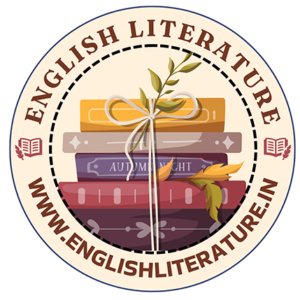
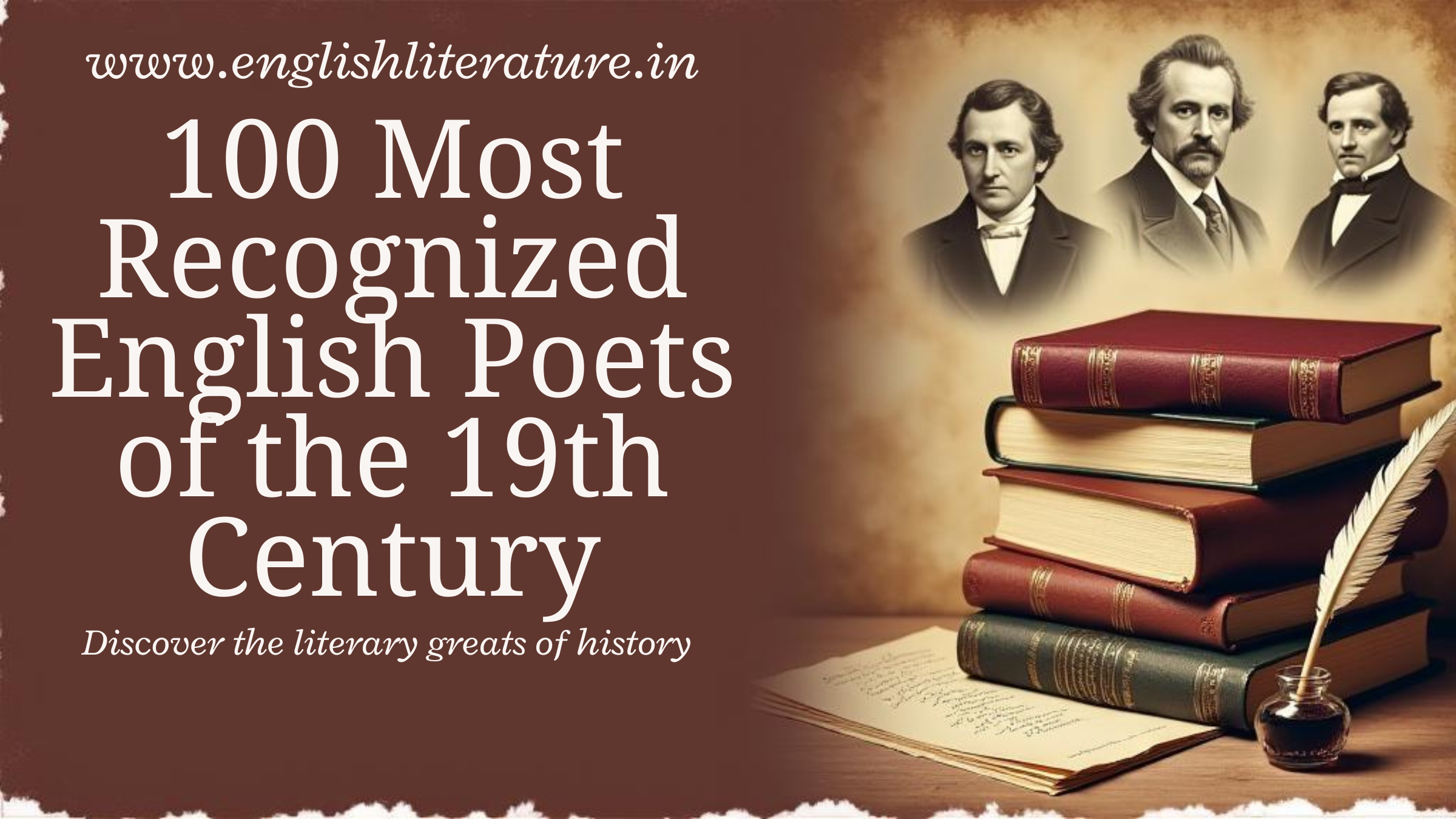
Hi there, just became alert to your blog through Google, and found that it is really informative. I’m going to watch out for brussels. I will appreciate if you continue this in future. Numerous people will be benefited from your writing. Cheers!